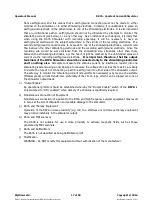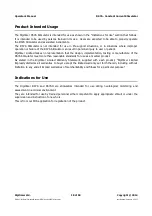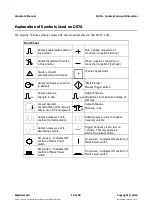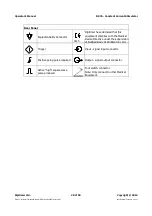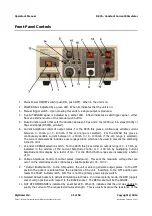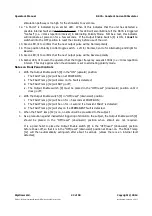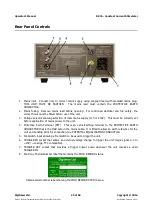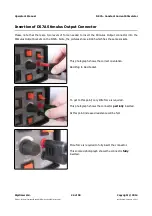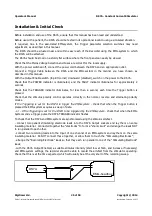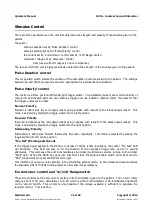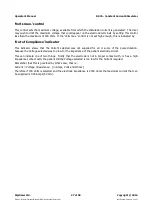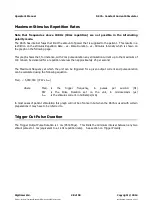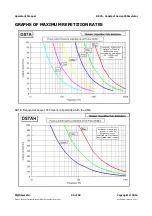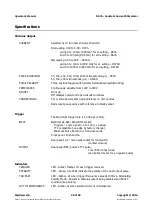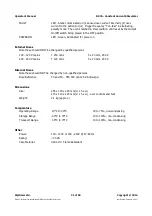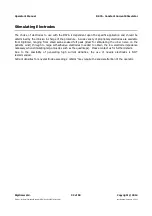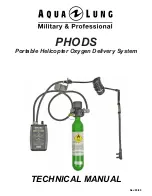
Operator's Manual
DS7A - Constant Current Stimulator
from earth/ground, and this means that a earth/ground connection must not be made to either
terminal on the stimulator or to either stimulating electrode. Similarly, it is undesirable to place an
earth/ground electrode on the patient close to one of the stimulating electrodes. It is also important
that an unintentional path to earth/ground should not be introduced by attempts to monitor the
stimulating current (see below), or in any other way. As an instance of such dangers, it is likely that
when using the DS7A Stimulator with recording apparatus, it will be necessary to have an
earth/ground electrode on the subject somewhere in the vicinity of the recording electrodes. If a
second earth/ground connection was to be made to one of the stimulating electrodes, current could
flow between the other stimulating electrode and the recording earth/ground electrode. Since the
recording site would be some distance from the stimulating site, structures other than those
between the stimulating electrodes, e.g. the heart, might be reached by the unintended spread of
current via the recording earth/ground electrode.
It is important, therefore, that the output
terminals of the DS7A Stimulator should be connected only to the stimulating electrodes
and to nothing else.
Attempts to measure the stimulus current, by inserting a resistor into one
stimulating lead and using an oscilloscope to measure the voltage drop across the resistor, are likely
to violate the rule of not connecting a path to earth/ground to either side of the stimulator output.
The safe way to monitor the stimulating current (should this be necessary) is by means of a suitable
(Medical grade) current transformer, preferably of the clip on type, which can be clipped over one of
the stimulator output leads.
n) “Output Enable”
An operational protocol should be established whereby the “Output Enable” switch of the
DS7A
is
only switched to “ON / enabled” when delivery of a stimulus is specifically required.
o) Simultaneous Connection of Equipment
Simultaneous connection of a patient to the DS7A and high frequency surgical equipment may result
in burns at the site of stimulation and possible damage to the stimulator.
p) DS7A and Therapy Equipment
Operation of the DS7A in close proximity (e.g. 1m) to a shortwave or microwave therapy equipment
may produce instability in the stimulator output.
q) DS7A and MRI scanners
The DS7A is not suitable for use in close proximity to extreme magnetic fields, such as those
generated by MRI scanners.
r) DS7A and Defibrillators
The DS7A is not classified as being defibrillator proof
s) Modification
WARNING - Do NOT modify this equipment without authorization of the manufacturer.
Digitimer Ltd.
17 of 58
Copyright © 2014
File Ref: N:\Docs\Company\Manuals\DS7A\Issue-14\DS7A-iss14.odt
Last Revised: February 1, 2017















